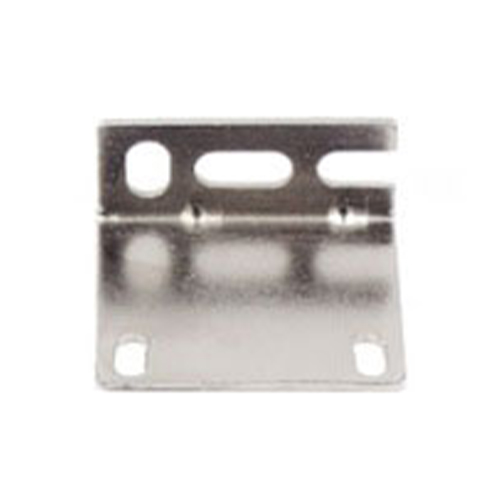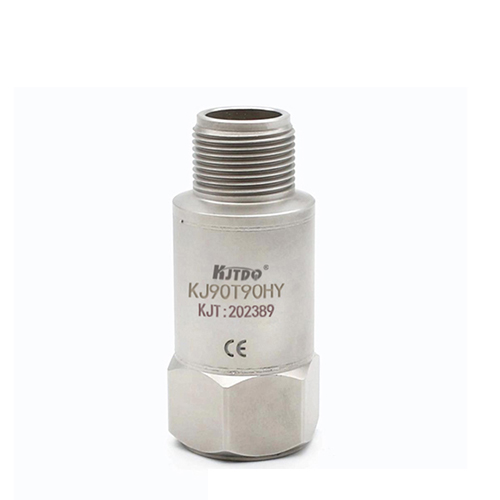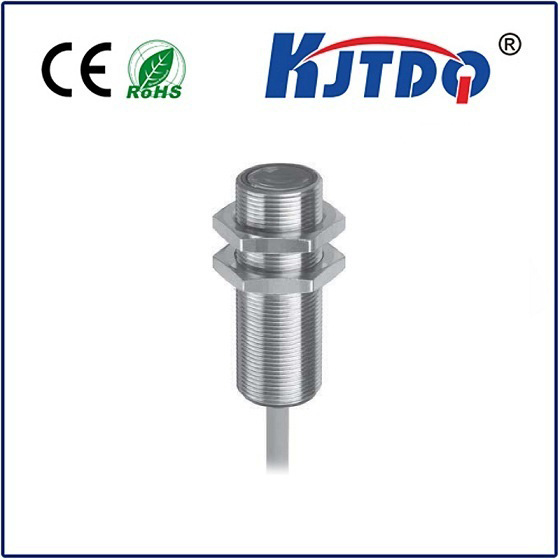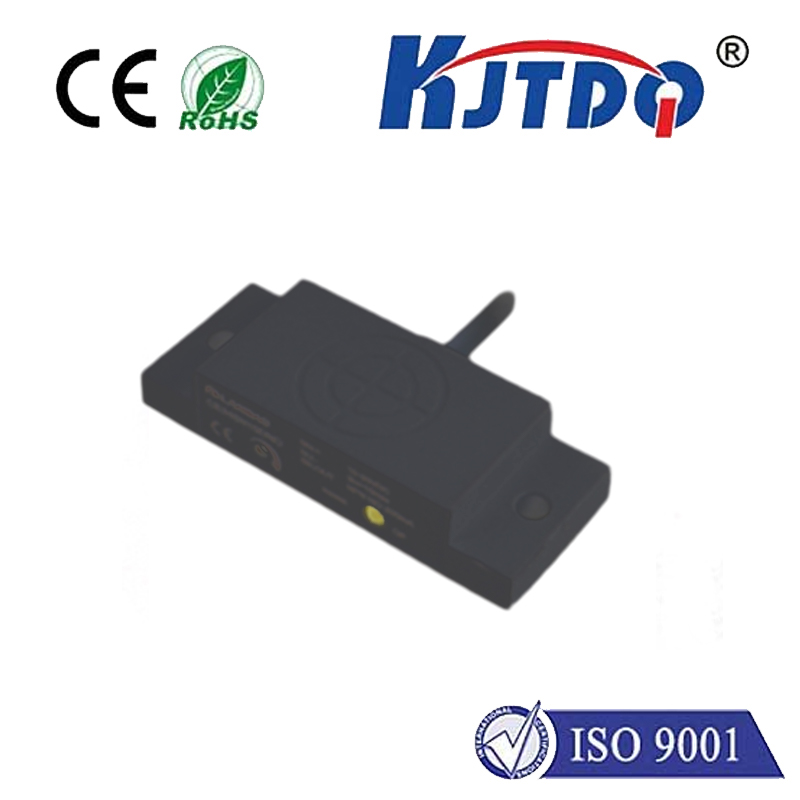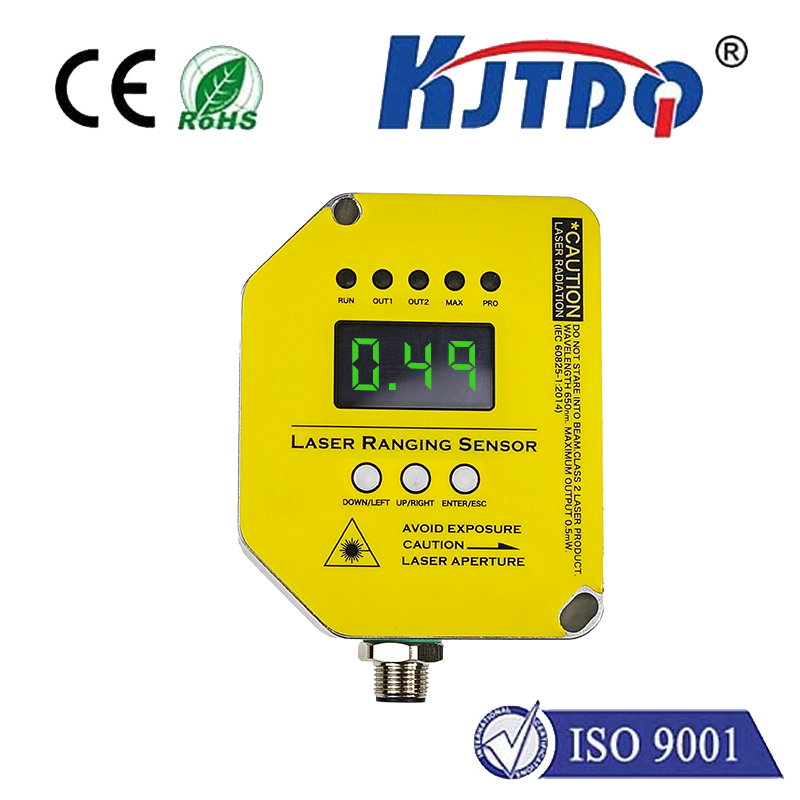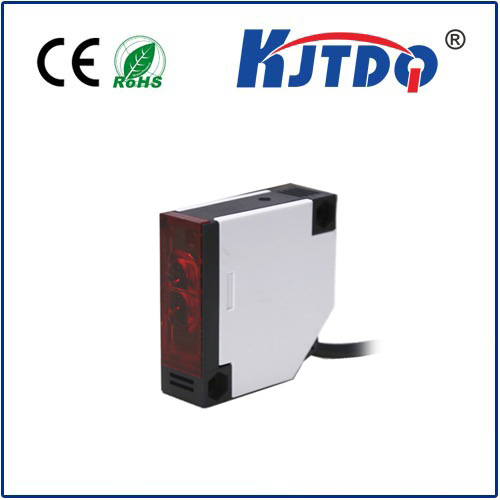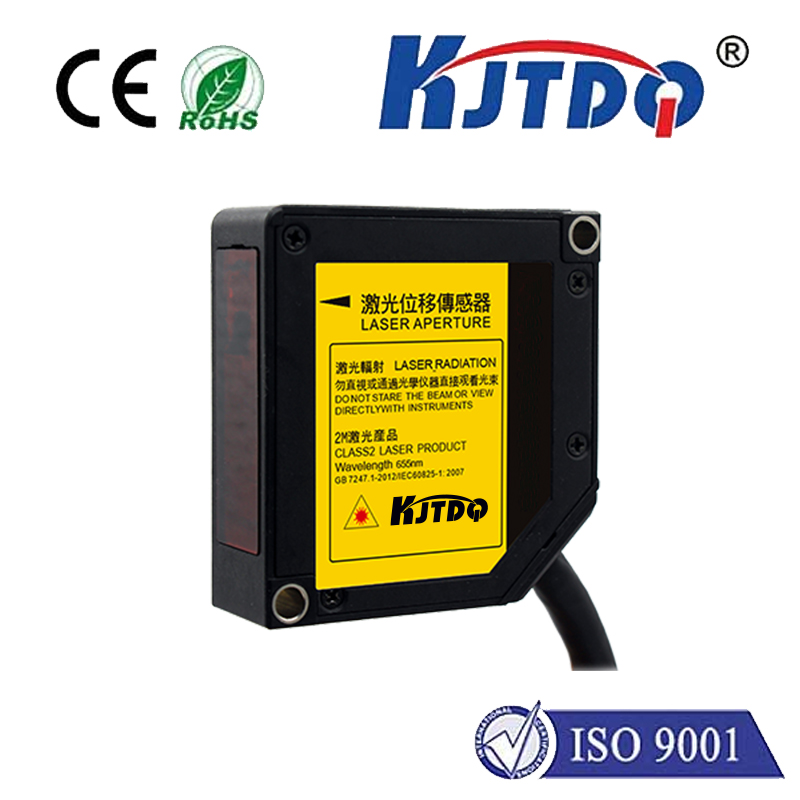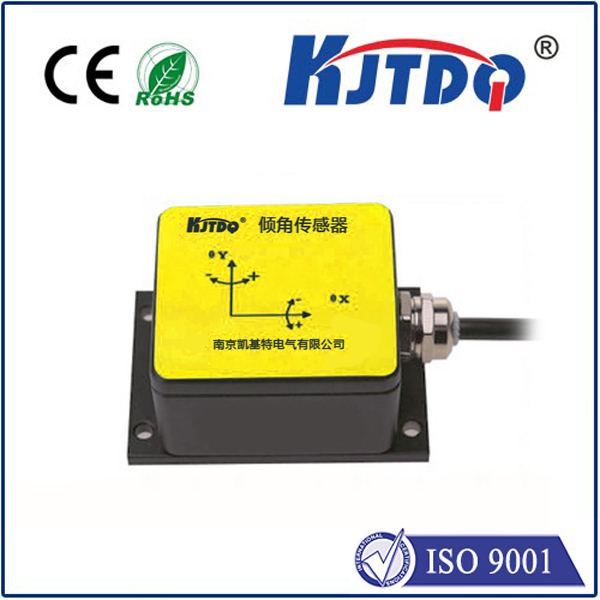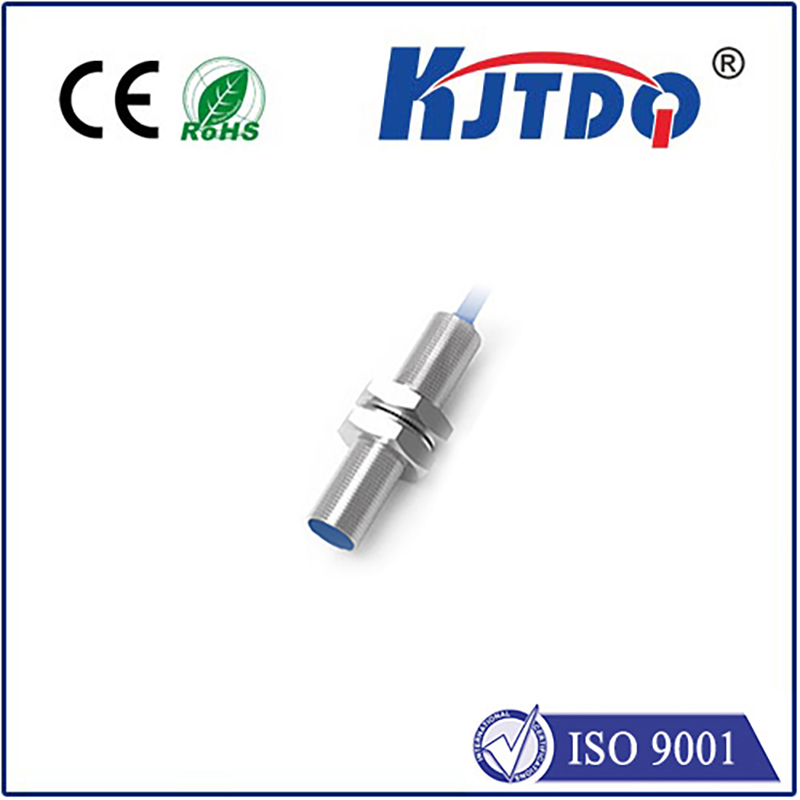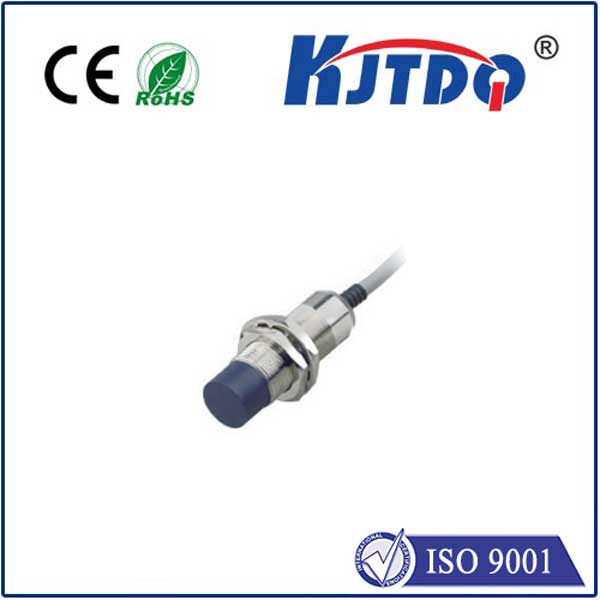Ever walked into a room where the lights automatically turn on, or approached your car and had it unlock without fumbling for keys? That seamless, almost magical interaction is often the work of a tiny yet transformative component: the IoT proximity sensor. This marriage of physical sensing and digital intelligence is fundamentally reshaping how devices perceive their surroundings and interact with us and each other, driving the evolution of truly smart environments. Understanding the role of proximity sensors within the Internet of Things (IoT) framework is key to unlocking a future of intuitive automation and data-driven efficiency.
Beyond Simple Detection: The Essence of Proximity Sensing in IoT
At its core, a proximity sensor detects the presence or absence of an object within a specific range without physical contact. In the context of IoT connectivity, these sensors transcend their basic function. They become intelligent endpoints, feeding critical spatial data into the broader IoT network. This data is then processed, analyzed, and acted upon, enabling real-time interactions and automated responses that define smart systems. Common types include:
The IoT Integration: From Sensing to Insight
The true power of a proximity sensor IoT solution lies in its connectivity. Raw detection data becomes exponentially more valuable when transmitted wirelessly to the cloud or a local gateway. This integration involves several key layers:
Transformative Applications: Where Proximity Meets Intelligence
The practical applications of IoT proximity sensors are vast and span numerous sectors, enhancing operational efficiency, safety, and user experience:
Smart Homes & Buildings:
Automated Lighting & HVAC: Lights and climate control adjust based on room occupancy (presence detection), significantly saving energy.
Enhanced Security: Doors lock/unlock automatically upon authorized entry/exit (using smartphones or wearables as identifiers).
Intuitive Controls: Touchless faucets, soap dispensers, and elevator calls promote hygiene and convenience.
Industrial IoT (IIoT) & Manufacturing:
Machine Safety: Sensors ensure hazardous machinery stops instantly if a worker enters a danger zone (safety-critical proximity detection).
Asset Tracking: Monitor the movement of tools, materials, and vehicles within a factory or warehouse.
Process Automation: Trigger specific machine operations based on the precise positioning of parts on an assembly line (position sensing).
Retail & Smart Spaces:
Customer Analytics: Understand dwell time and traffic flow in specific store areas using discreet sensors, optimizing layouts and staffing.
Proximity Marketing: Trigger personalized offers or information on shoppers’ phones via BLE beacons as they approach products or displays.
Queue Management: Monitor line lengths and wait times, improving customer service.
Automotive & Smart Cities:
Keyless Entry & Start: Seamless vehicle access and ignition using BLE or UWB-enabled fobs/phones.
Parking Management: Detect available parking spaces and guide drivers, reducing congestion.
Traffic Flow Monitoring: Use sensors to optimize traffic light timings based on vehicle presence.
Key Benefits Driving Adoption
Integrating proximity sensors into IoT systems delivers compelling advantages:
Implementation Considerations for Robust IoT Proximity Sensing
While powerful, deploying an IoT proximity sensor network effectively requires careful planning:
The Future is Proximal: Continuous Evolution
The evolution of proximity sensor IoT technology is ongoing. We see trends towards:
The synergy between the tangible awareness provided by proximity sensors and the boundless connectivity of IoT is forging smarter, more responsive environments. IoT proximity sensors are not just detecting nearness; they are enabling a world where our surroundings anticipate our needs, optimize operations silently, and make interactions effortless. As technology advances, these tiny sentinels will continue to be fundamental building blocks in constructing the intelligent, interconnected future.
